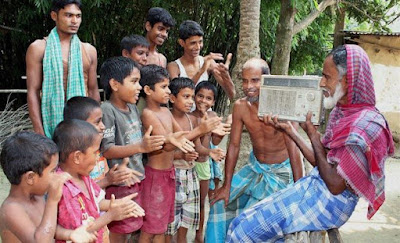Management Careers in Media - Media Planning and Buying
Media planning and buying is the function of procurement of media real estate at an optimal placement and price. Media buyers have to conduct market research to find the likely places where their client's customers and consumers tend to use media. Based on this research, they find the best advertising rates, and the best media to place the advertisements of their clients. In short, they 'buy' the media, or the advertising space/time for their clients. Media planners have to be in touch with the media houses, their marketing executives and should be able to negotiate better rates for their clients. A good media buyer takes decisions on which media to buy and it requires both creative and business-driven decisions. Media Planners should be able to pick and choose an appropriate combination of media to help their clients reach their target audiences. The job can be pretty high profile as they with high level clients and top executives of organisations. The job is result ori



